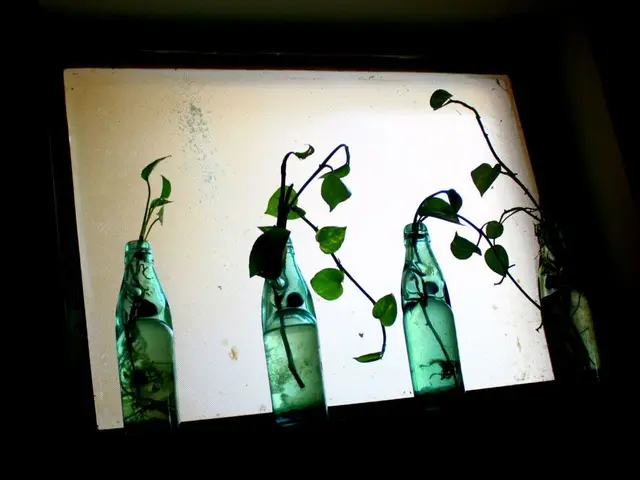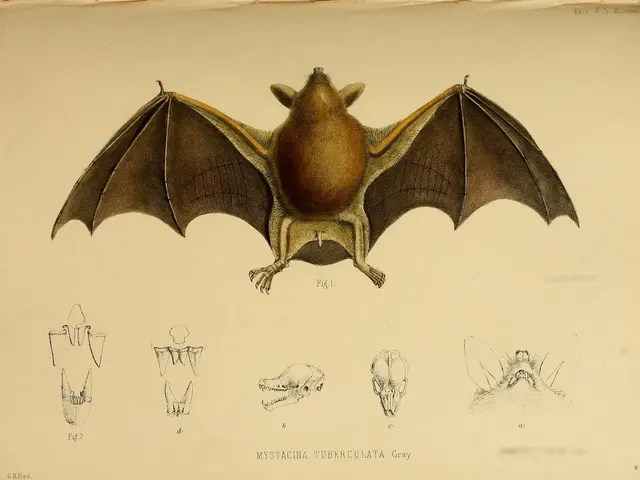Desert regions in Peru aim for energy independence through renewable sources
In the sun-drenched district of La Joya, located in the southern region of Peru, a solar revolution is underway. The region, known for its high solar radiation indices, is becoming a hotspot for renewable energy projects, particularly solar power and green hydrogen production.
The largest solar plant in Peru, the San Martín solar plant, began operating in La Joya at the beginning of June. Managed by the Spanish company Zelestra, the plant boasts 450,000 solar panels and is expected to generate 830 gigawatt-hours of energy per year.
However, the San Martín solar plant is not the only project in the district. Construction is currently underway on the Illa solar plant, which is expected to surpass San Martín and become the largest in Peru. According to Ernesto Oliver, spokesperson for the Enhol Group, the Illa solar plant will be fully operational by the end of 2026.
But the solar projects in La Joya are not just about electricity generation. Green hydrogen, produced from renewable energies such as solar and wind, could play an important role in the region and throughout the country. The first green hydrogen power plant in Peru is being established in La Joya, with the key participant in the "Horizonte de Verano" project being the US company Verano Energy. The project aims to produce up to 85,000 tons of green hydrogen per year, with operations expected to begin in 2028.
The Chinese company JA Solar is also seeking to become a strategic partner in many solar projects in Arequipa, Peru. By the end of 2026, more than 900,000 solar modules will be delivered by JA Solar, with a combined capacity of 650 MW.
The growth of these projects has not gone unnoticed. La Joya's mayor, Christian Cuadros, stated that the district will be the most developed in southern Peru in the next ten years. With a population of around 66,000 people, more than 70% of whom work in agriculture, the district is poised for significant development.
The renewable energy sector in Peru is expected to grow significantly in the coming years. César Butrón Fernández, president of Coes, expects Peru to achieve a 34% renewable energy participation in electricity generation in the next ten years. This growth is driven in part by the ambitious plans of companies like Verano Energy and the potential for green hydrogen production to meet the energy demands of planned mining investments such as Tía María and Zafranal, as suggested by economist Patricio Lewis.
As Arequipa prepares to become an industrial hub for hydrogen production and consumption, as stated by Daniel Cámac, president of the Peruvian Hydrogen Association, the sun-drenched district of La Joya is at the forefront of this renewable energy revolution. Elias Huamaní, president of the Cristo Rey Popular Center in La Joya, has lived there for 30 years and assures that it almost never rains and the sky is rarely cloudy. With an average daily energy of 7.03 kilowatt-hours per square meter, La Joya's solar radiation indices are some of the highest in Peru, making it an ideal location for these groundbreaking projects.
Read also:
- Increasing Incidences of Tularemia Warrant Immediate Response, States CDC
- Collaborative Free Clinic in Opa-locka Offers Dental Services, With Muslim and Christian Groups Joining Forces to Provide Care for Free
- Residents of Grays Ferry voicing concerns over the CHOP garage, citing it as a potential health risk
- Two individuals succumb to a bacterial infection commonly known as flesh-eating, which they contracted from consuming raw oysters, according to Louisiana health authorities.








